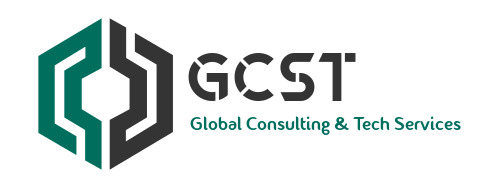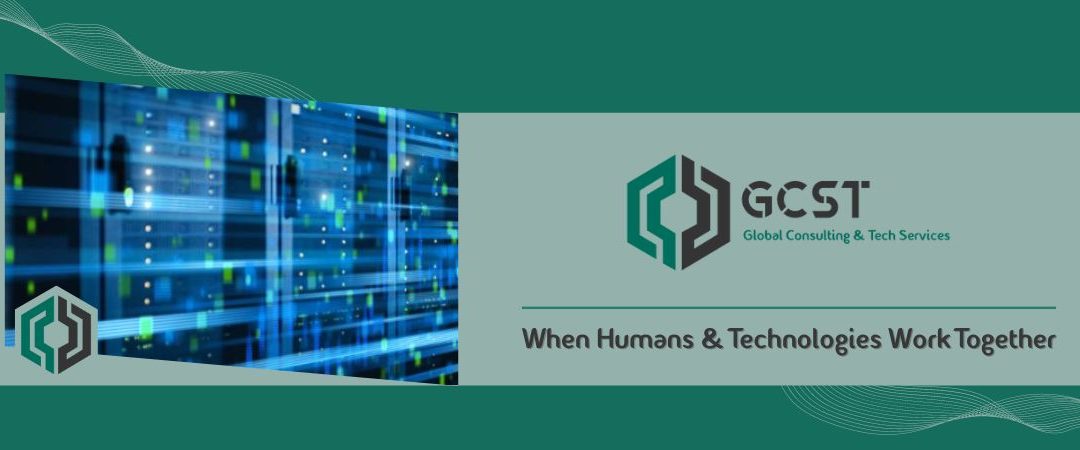Secure Access Service Edge (SASE), the converged networking and security approach first proposed by Gartner, is rapidly becoming the de facto architecture for connecting and protecting distributed businesses and hybrid workforces. Its combination of SD-WAN networking and Security Service Edge (SSE) cloud-delivered security provides centralized visibility and control over how critical data is accessed and used in web, cloud, and private applications.
Gartner®: 2022 Strategic Roadmap for SASE Convergence
To help organizations accelerate their transition to a cloud-first world, Gartner SASE leaders Neil MacDonald, Andrew Lerner, and John Watts have published “2022 Strategic Roadmap for SASE Convergence.” It offers both short-term and long-term best practices for migrating from the all-too-common patchwork of point products to converged SASE solutions.
We believe it’s a really good report. They make several long-term recommendations that I’d like to highlight as you’ll hear them from us a lot.
- “Consolidate SASE offerings to a single vendor, two explicitly partnered networking and security vendors with deep integration, or a managed SASE offering to reduce complexity.”
As a pioneer of both SD-WAN and SSE (Security Service Edge), we see choosing a single-vendor for SASE as one of the easiest ways to eliminate the gaps and redundancies that plague many distributed organizations.
- “Implement zero trust network access (ZTNA) within a SASE/SSE strategy to deliver consistent, contextual application access for all users, regardless of location (including in the office or branch).”
We agree, Zero Trust network access (ZTNA) is a key element of a modern strategy. Replacing VPNs with cloud-delivered ZTNA is rapidly becoming one of the ‘killer apps’ of SASE and SSE. There’s simply no excuse any more for subjecting your users to the complexity and sluggishness of using VPNs to get to line-of-business applications. Or for putting your business at risk by not controlling exactly what each person is allowed to do with data in each of those apps.
- “Choose SASE offerings that allow control of where inspection takes place, how traffic is routed, what is logged, and where logs are stored to meet privacy and compliance requirements.”
We believe such “distributed enforcement” will become a crucial functionality in SASE. For example, our Forcepoint ONE SSE platform provides endpoint-based inspection that can deliver up to twice the performance over older cloud-only approaches.
We believe this Gartner report does an excellent job of connecting the dots from the fragmented current state where most organizations are today to a more converged future state that SASE makes possible. They even provide a timeline of recommended actions that we feel can easily become a blueprint for making your business more productive, more efficient and safer.
It’s worth the read, (access it here).
GARTNER is a registered trademark and service mark of Gartner, Inc. and/or its affiliates in the U.S. and internationally and is used herein with permission. All rights reserved.
Resource : The roadmap to adopting SASE in 2022 according to Gartner® | Forcepoint


